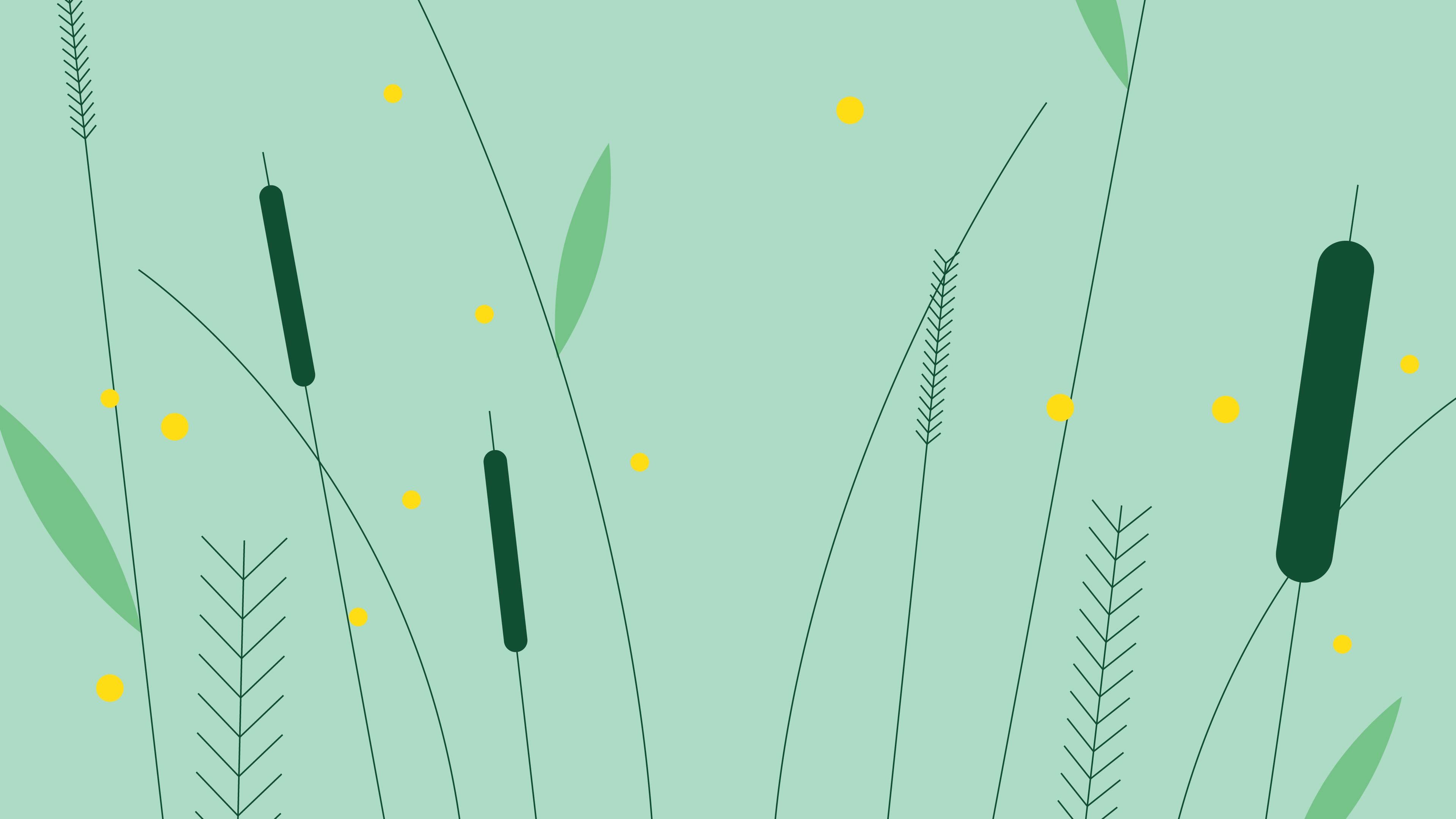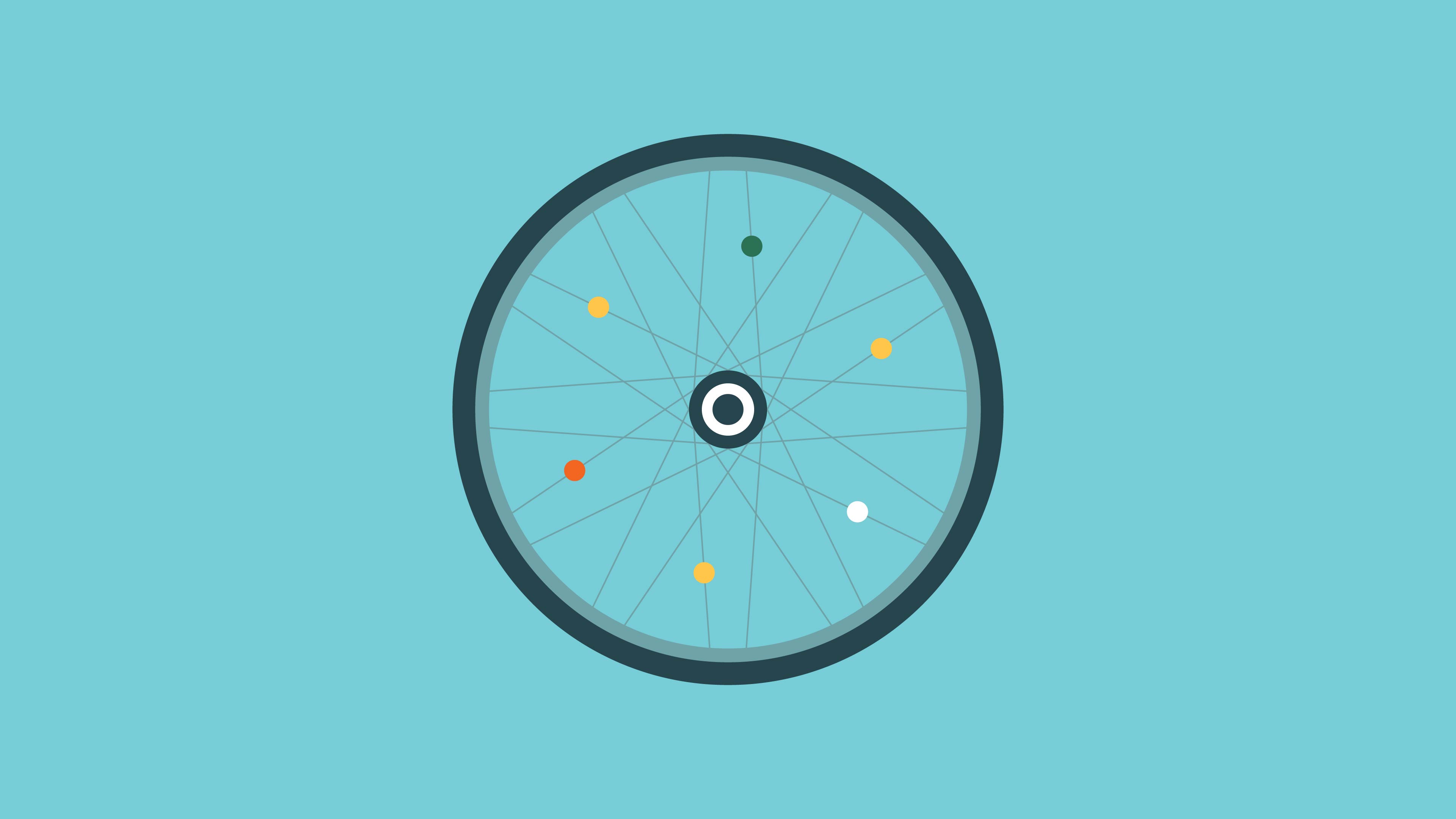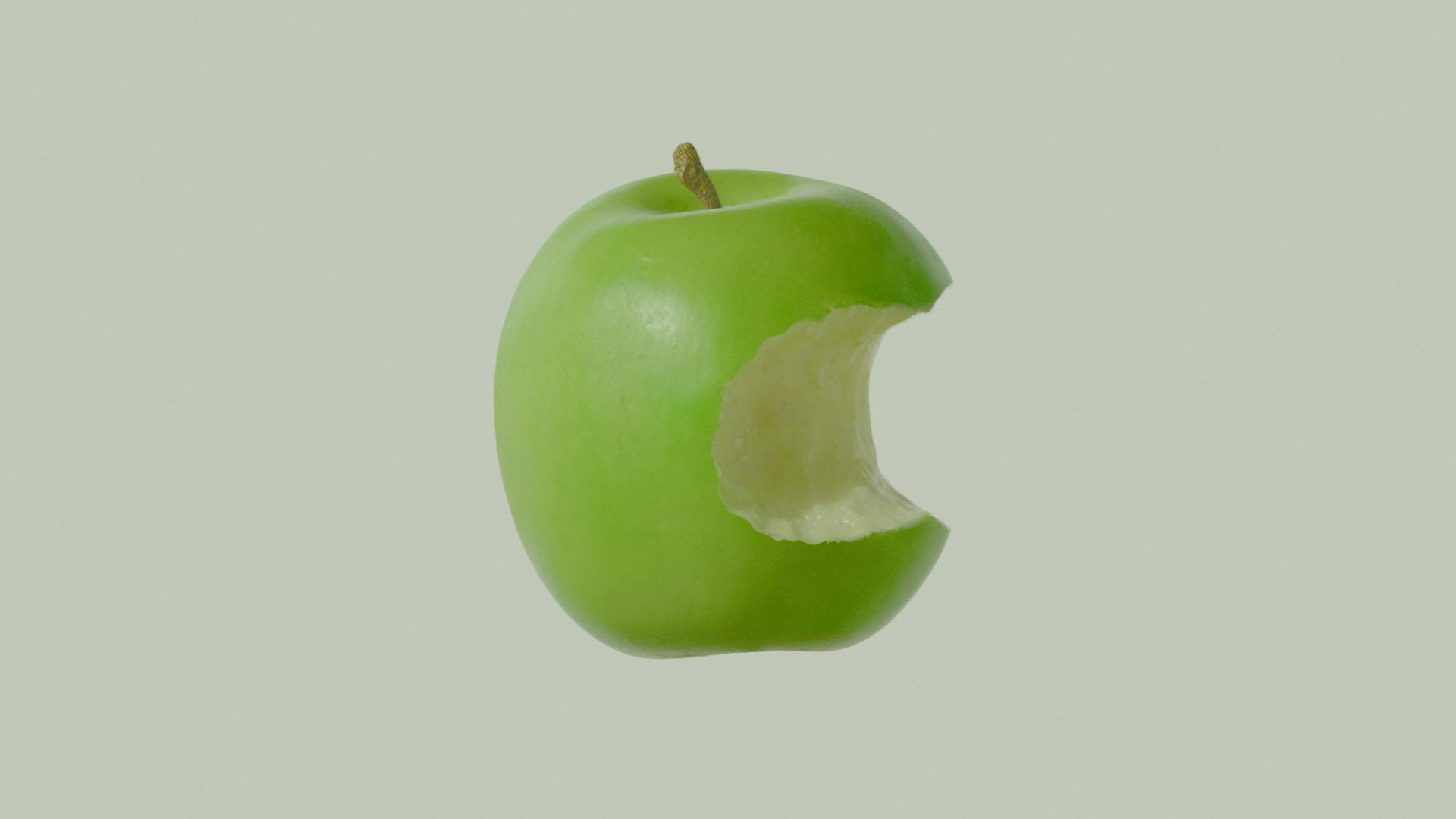Irish-born, London-based animator and director Johnny Kelly has racked up an impressive amount of commissions and collaborators, including Adobe, BMW, the International Olympic Committee and Vitra, while his two-minute film for Chipotle - Back to the Start - won two Grand Prix awards at the Cannes Lions International Festival of Creativity. His latest project is no less impressive, he's just gone and directed five short animated films for Apple to promote their Health app, and we caught up with him to see how it all went.
How did the project come about?
The project came about when Apple got in touch with Nexus, my production company here in London. They were updating their health app and wanted to include a series of mini films that their 800 million iOS users (!) could watch when it launched.
In our first briefing they told us how their app looks at your wellbeing from every perspective and how one aspect of your lifestyle affects the rest: you sleep badly, then you don’t eat well the next day, and you’re less likely to exercise. My idea was really just to show this visually - taking a look from every perspective. You see how connected your health is. How one thing leads to another.

What was the process from start till end?
We had around 4 months, which is comparatively long for a commercial project, but not so much when there are five films to make. So it was hectic. Apple wrote the scripts, I did some thumbnail storyboards and then we backed and forth a lot about what to include, how to visualise what they had written. It needed to make sense to a very wide audience. Did I mention 800 million? Terrifying. As for making the films, we filmed, animated and edited simultaneously and the films filled up piece by piece.
What was the ambition for the films?
The films serve as an intro to the Health app firstly, and each one covers a different aspect of wellbeing. I can’t speak for Apple generally, but one of their goals was to show how staying healthy can be simple. For example, they steered us away from activities where you have to buy a lot of equipment. This isn’t about buying an ab-dominator, it’s about taking the stairs instead of the escalator. We leaned toward incremental, everyday activities like this.
Like a lot of your work, these films take potentially complex concepts and strip them back: how do you go about translating complex ideas into simple, tangible, emotive films?
I tend to pull things apart. There were a few moments in the production where it felt a bit like we’d disassembled a car engine, cleaned the parts, chucked a few out, and now had to put it together again. Divvying it up in this way allowed us to control the flow, the tone, the pace - all the things that hopefully keep you watching. And although the subject matter was complex and they were very complicated to make, we want it them feel simple and effortless when you watched.
One thing that helps is that the sound effects are realistic. Factory, who recorded and designed all the audio deliberately steered away from anything cartoony or musical - which can often be a temptation with animation. Having authentic sounds for things like bicycle wheels, food blenders and park atmosphere keeps the films grounded, and allowed me to have a little more fun with the visuals. You can be a little more abstract and evocative with a walk in the long grass when the sound tells you where you are.

The films contain such different styles of filmmaking, how did you bring them together?
We knew the films could easily feel complicated or busy, and this was something we were keen to steer clear of. There are so many shots! You are jumping from big to small, inside to outside, stop motion animation to live action footage. To add to that, most people would be watching these on their phones so it needed to work at a small(ish) scale.
Our intention was to hold it all together with simple and quick camera rotations. So if you pivot around from a real frisbee to an animated bike wheel quickly enough, you don’t question it. This simplicity came at a cost however - it meant the ‘digital camera’ movement in our animation had to match the real camera movement of the motion control rig in the studio. For this reason, we started the entire project with a very detailed 3D animatic, to create a consistency of speed and movement from one shot to the next.

Was it a big team?
There was about thirty of us at Nexus, and the same again on our two-week shoot. This includes Jamie Jones who helped create the 2D look for the film. Matt Day, director of photography, ably filmed the live action at his studio in Clapham. It is remarkable how complicated it is to make a camera pivot 270º around a cabbage. Cabbages are great to work with though, and don’t mind retakes. Candy floss on the other hand is a COMPLETE diva.
Did working directly for Apple differ from your other projects?
Apple are old hands at marketing themselves of course, but had never made films quite like these before. The process was remarkably streamlined – they have a really experienced team of creatives working in house. They had a lot of good ideas and constructive feedback - it was genuinely collaborative. Generally the workflow was the same a standard production, except that it needed to be done on the down low. Lots of non-disclosure agreements. No one else at Nexus knew what we were working on!
How does working directly with the client differ from working with an agency?
Working directly with clients is nice! They often have a burning enthusiasm for what they‘re doing. Last year I did a small project for Industrial Facility, and the love they have for their practice is completely infectious. Also I’m a complete fanboy so I would spend each meeting perving over the prototypes they have dotted around their studio.
Working straight to client you also have a direct conversation of course, so small problems can be fixed quickly. Most of my work comes through advertising agencies - and this is good too, for different reasons. For one thing, a creative team will often have been thrashing out an idea or script for up to 6 months or a year with their client, removing countless dead ends before it finds its way into my grubby mitts. From my limited experience there are pros and cons to both ways of doing things.
How do you make sure that you develop with each project?
When I am working on a commissioned project, I need to find ways to constantly keep moving forward, and learning something new. I don’t deliberately try and crowbar in a new technique each time, but I do try and make the kind of work I’d like to see myself. I want to make something I haven’t seen before.
What’s next?!
Right now I’m making a short film. We’ve got some funding from Channel 4, which is exciting. It’s also a bit of a new direction for me, as the film is completely live action (and there’s less than a hundred shots!).
Johnny’s work is always interesting and engaging, and the Apple films - all of which you'll find over here - are no exception. We're already looking forward to his next project, all <100 shots of it. He's also just launched a smart new website that gives plenty of insight into what happens behind the scenes, see it here.
All stills courtesy of Johnny Kelly and Nexus Productions
